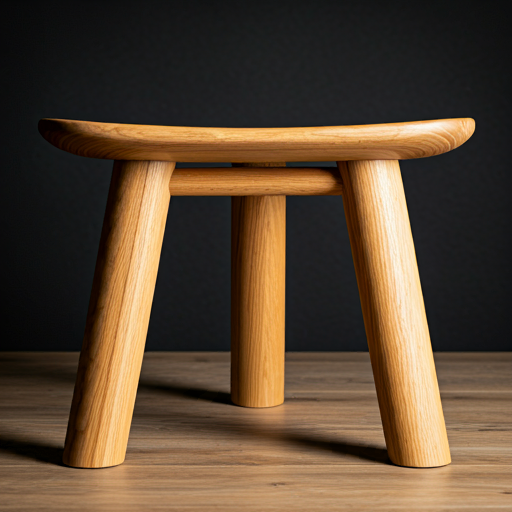Innovation isn’t a miracle. It’s not the product of a lone genius sitting in a garage or a serendipitous moment where someone trips over a breakthrough idea. It’s a process—a structure. And like a three-legged stool, it needs balance to stand. Without all three legs, innovation collapses.
The three legs of innovation are simple to understand, but surprisingly difficult for organizations to get right:
- The Right People
- The Right Incentives
- The Right Tools and Technologies
Most organizations fixate on just one or two of these. A few even neglect all three, hoping for innovation to just magically appear. Spoiler alert: it doesn’t. Let’s break down each leg of the stool and why it matters.
1. The Right People
Innovation starts with people. But not just any people—the right people. This isn’t about hiring the “smartest” individuals on paper or those with the most impressive résumés. It’s about assembling a team that is curious, resilient, and comfortable with uncertainty.
You need people who challenge assumptions, ask uncomfortable questions, and refuse to accept “that’s how it’s always been done.” These aren’t corporate drones; they’re thinkers and builders who will reject the status quo when it gets in the way.
But organizations often mess this up. They hire people who fit neatly into existing structures rather than those who can reimagine the structure itself. Hiring for innovation means prioritizing creativity and adaptability over pedigree and conformity.
2. The Right Incentives
Here’s the dirty secret: most organizations punish innovation, even when they claim to value it. Bureaucracy, risk-aversion, and short-term goals smother creativity. If someone tries something bold and fails, they’re sidelined. If they play it safe and follow the script, they get promoted.
This is why innovation dies. The wrong incentives make employees afraid to take risks or experiment. Innovation isn’t a straight line—there will be missteps. The right incentives encourage experimentation, reward thoughtful failure, and recognize long-term value creation over short-term gains.
For example, Amazon has a policy of rewarding big ideas, even if they don’t pan out. That’s how you end up with successes like AWS. By contrast, organizations that reward only flawless execution of low-risk projects stagnate. They optimize for mediocrity, not progress.
3. The Right Tools and Technologies
Finally, there’s the infrastructure piece. Even the most talented, motivated individuals can’t innovate if they don’t have the tools to do so. Imagine hiring brilliant engineers and then forcing them to code on outdated systems. Or expecting a team to generate groundbreaking insights without access to relevant data.
Yet many organizations neglect this. They invest heavily in people and incentives but skimp on technology or rely on clunky legacy systems. The tools and technologies you provide determine how efficiently your teams can execute their ideas. They can be the difference between rapid iteration and endless frustration.
Investing in the right tools doesn’t just mean buying the latest gadgets or software. It means creating an ecosystem that fosters collaboration, speeds up feedback loops, and removes barriers to experimentation.
Why Most Organizations Fail
Here’s where most organizations falter: they pick one or two legs of the stool and think it’s enough. They hire the right people but provide no incentives or tools. Or they invest in cutting-edge technology but burden their teams with bureaucracy and disincentives.
Innovation isn’t sustainable unless all three elements work together. The right people need incentives to act and tools to execute. Miss one, and the stool topples.
How to Build Your 3-Legged Stool
Organizations need to start thinking systematically about innovation:
- Hire people who challenge the status quo, even if they make you uncomfortable.
- Align incentives with long-term innovation goals, not short-term metrics.
- Invest in the tools and technologies that empower your teams to execute big ideas.
Innovation isn’t magic. It’s not unpredictable. It’s what happens when you build the right structure. If your organization isn’t innovating, chances are, one of the legs of your stool is broken.
Most Recent Posts
Explore the latest innovation insights and trends with our recent blog posts.













